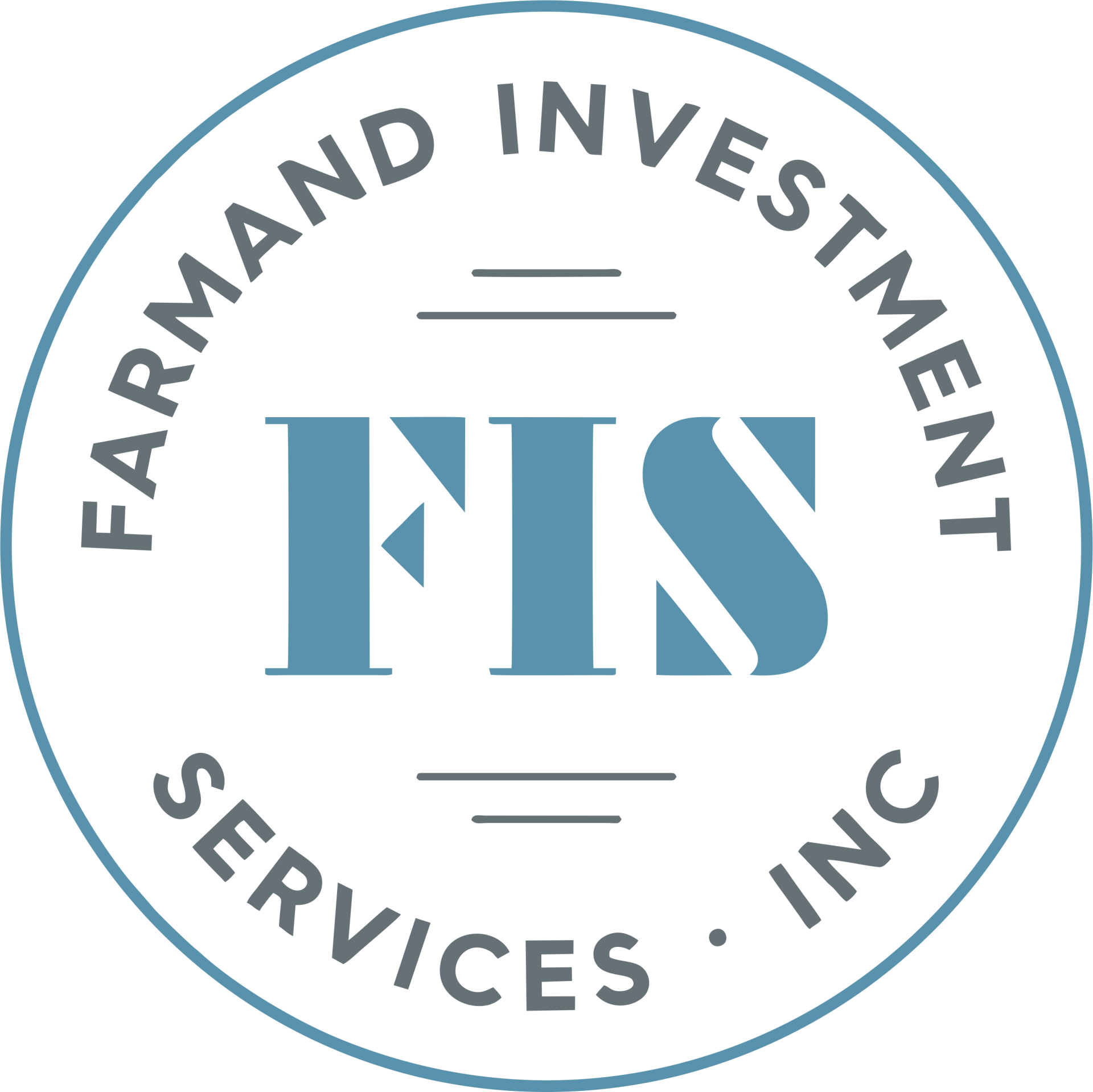Quarterly Investment Update - 4th Quarter 2022
Dear Clients and Friends,
The fourth quarter ended on the same tone as the prior three quarters, with much volatility.
In fact, the year 2022 started out on a collision course between Congress and the Federal Reserve. Congress kept passing more “spending” bills that increase the deficit as well as inflation and the Federal Reserve kept raising interest rates to curb inflation. During their last meeting in December, Federal Reserve Officials predicted that they will need to raise interest rates more than they had planned in 2023 to bring down inflation. The Federal Reserve’s final interest rate hike of the year, while historically large at half a percentage point, marked a step down from four straight three-quarters of point increases.
Some economists say the Fed is more worried about the buoyant stock market and long-term interest rates that fell sharply as inflation pulled back. A vibrant stock market makes consumers feel wealthier prompting them to spend more. Also, lower long-term rates such as for mortgages lead consumers and businesses alike to borrow and spend more. Such developments bolster the economy but could well fuel more inflation.
Some economists are also puzzled because the Fed’s inflation forecast does not seem to jibe with its economic projections. The Fed expects the economy to grow just 0.5% next year, weaker than the 1.2% it forecast in September. It also says that the 3.7% unemployment will rise to 4.6% by the end of 2023, above the 4.4% it had estimated. Normally, a softer economy and higher unemployment lead to less inflation because fewer shoppers are buying products and fewer employers are hiring, curbing pay increases.
During the fourth quarter, stocks reduced their losses for the year. October was a stunning month for the stock market, with the S & P 500 jumping 8% and the Dow soaring 14%. The NASDAQ rose nearly 4%. Inflation also cooled, with both Consumer Price Index (CPI) and Produce Price Index (PPI) reports coming in lower than economists had anticipated. The slowdown in inflation had investors optimistic that the Federal Reserve would dial back on its aggressive key interest rate hikes in December. However, stocks pulled back sharply in the wake of a surprisingly hawkish Federal Open Market Committee (FOMC) statement in early December. The language was not dovish, and the Fed’s dot-plot survey showed that the Fed plans to raise interest rates up to 5.1% in 2023, which was above its previous goal of 4.6% in September.
Bonds have recorded their worst year in 2022 since the early 1930’s. With the Bloomberg Aggregate Bond Index down more than .15% for the year through mid-October, losses are more than double any prior retracement back through the 1970’s. In combination with the stock market rout, this has made investing especially difficult for traditionally diversified portfolios, where allocations to bonds have significantly softened the blow in the past. Even in 2008 when the S & P 500 Total Return Index was down -3.7%, the Aggregate Bond Index posted a +5.2% gain for a total 60/40 blended portfolio loss of just -20.1% on the year. This historic “flight to safety” quality of bonds has simply not held true in 2022.
So what will the Fed do in 2023? Despite its forecasts, economists expect the Central Bank to halt its rate hikes sooner if inflation continues to ease and the economy weakens in the coming months. The issue now is that the economy is again contending with stubbornly high inflation resulting from the massive Covid stimulus programs and supply chain disruptions as well as legislative spending bills. Further, the Federal Reserve has once again declared war on inflation by aggressively raising interest rates. In addition to higher rates targeted ahead, “Quantitative Tightening “is on the horizon whereby the Federal Reserve plans to reduce its balance sheet by selling bonds into the marketplace.
During the quarter, we took advantage of the market volatility by reducing our Equity portion of our portfolios and increasing our Fixed Income portion of our portfolios. We sold some overweighted equity positions and invested the proceeds by adding more U. S. Treasury Notes and Bills that have one-year maturities.
As far as our investment strategy is concerned, we continue to maintain our standard two-pronged strategy, which is to maintain a substantial exposure to common stocks (and mutual funds) as long as there is reasonable prospect for double – digit returns. Furthermore, we will continue to take profits more frequently so that we could gradually increase our weighting in cash as well as the fixed income portion of our portfolios. During the quarter, we continued with our average asset allocation mix of 40%-50% Equity, 40%-50% Fixed Income and 0%-20% cash for most of the portfolios.
We want to thank all of you for giving our firm the opportunity to serve you. We thank you very much for the trust and confidence you have placed in our firm as it is always appreciated. Please contact us should you have any questions or comments. Also, we want to invite you to visit our website at www.farmandinvestments.com for a quick Retirement calculator, our latest firm news and Market Commentary Archives.

